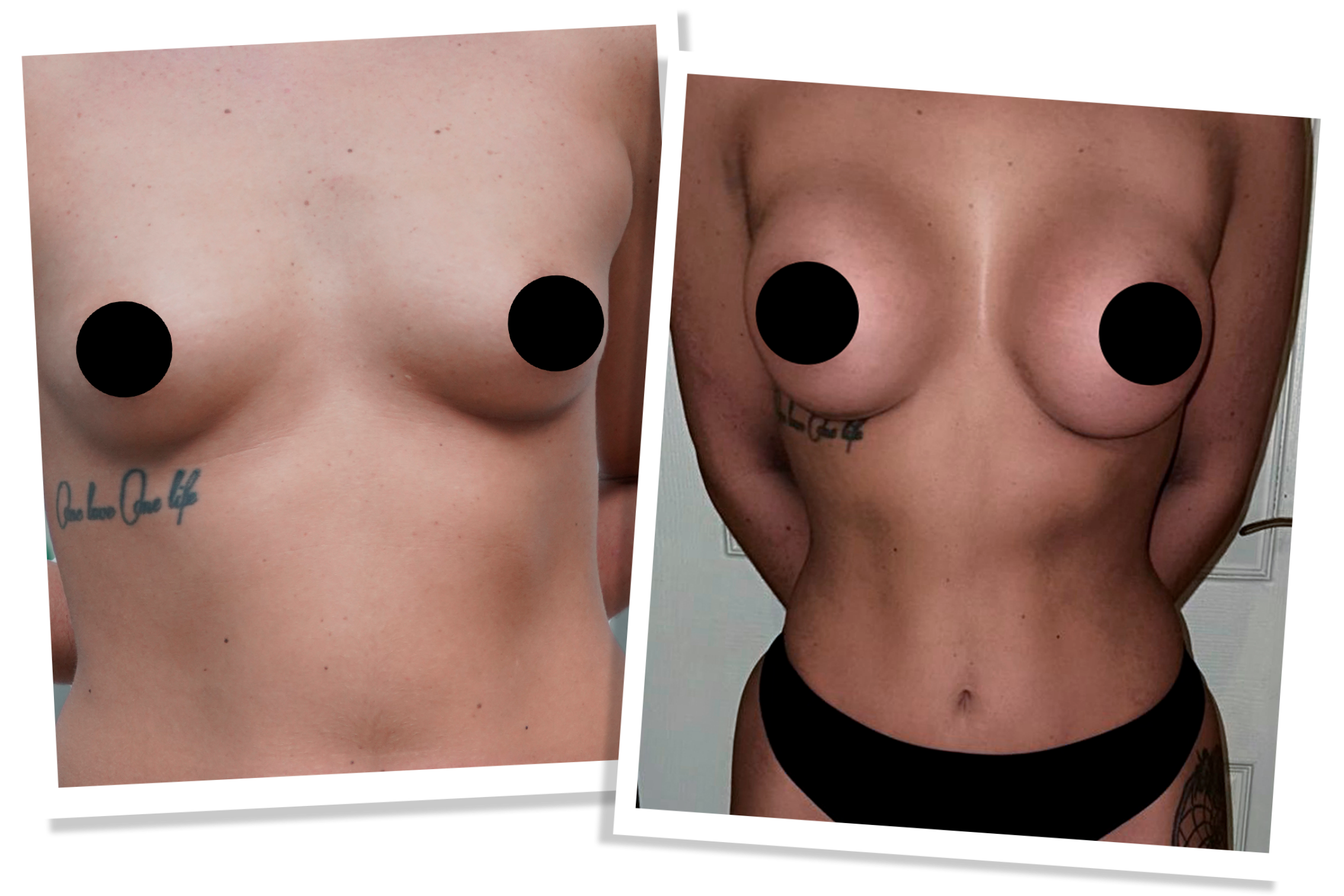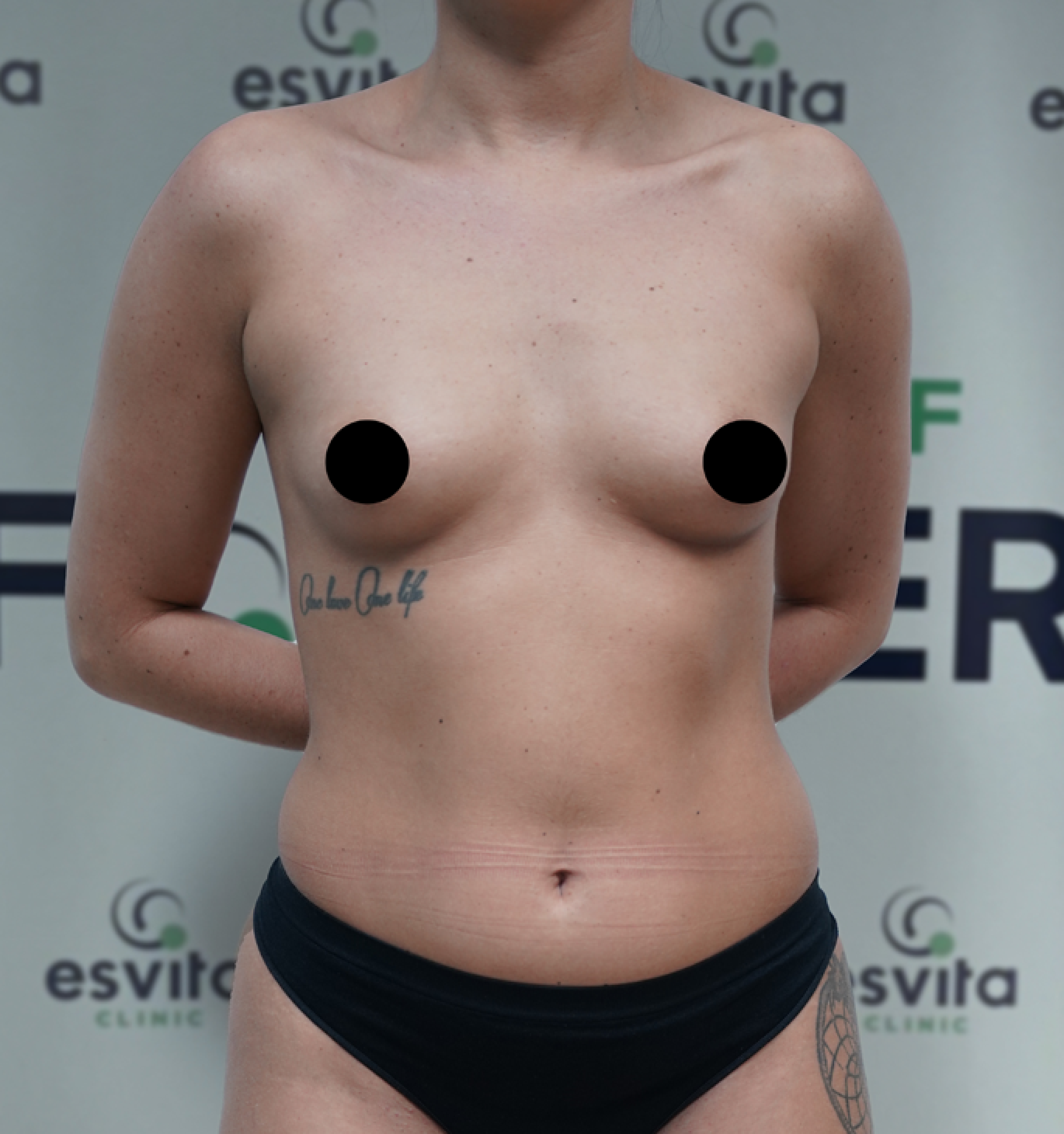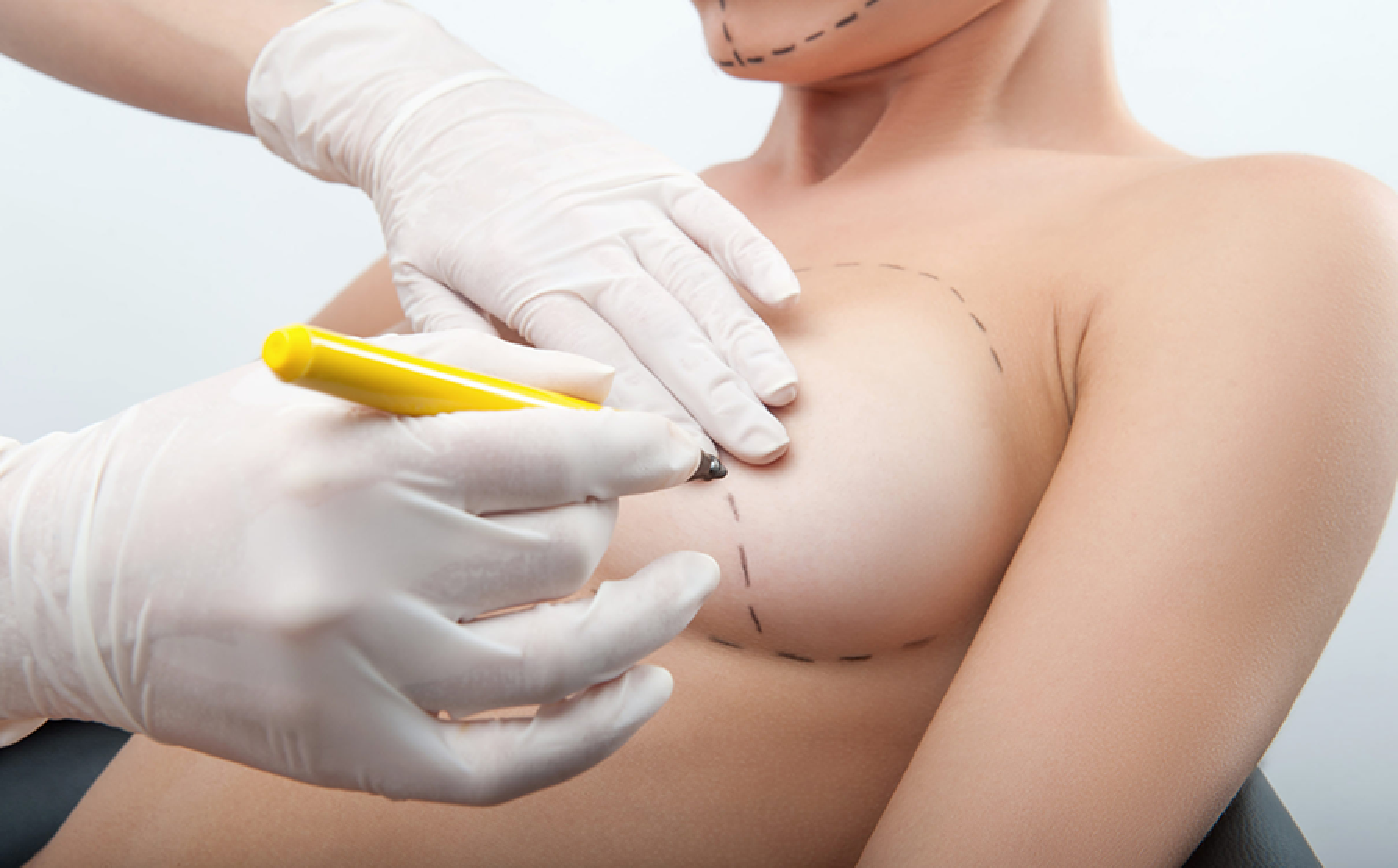
For many women, breast augmentation is more than just a cosmetic procedure—it’s a way to enhance body confidence and achieve a look that feels more in harmony with their natural shape. Whether someone wants larger breasts, improved symmetry, or reconstruction after a mastectomy, this surgery offers a variety of options tailored to individual needs. The most common approach involves breast implants, which come in different sizes, shapes, and materials, such as silicone or saline. Another option is fat transfer breast augmentation, where the patient’s own body fat is used to enhance volume, providing a more natural alternative.
In your consultation, your surgeon will help you choose the ideal implant type (silicone or saline), size, and placement (above or below the muscle). Your breast measurements, lifestyle, and aesthetic goals will guide the decision. You’ll also receive pre-op instructions, including how to prepare your body and medications to avoid.

Breast augmentation is a surgical procedure designed to enhance the size, shape, or fullness of the breasts. It’s one of the most popular cosmetic surgeries worldwide, often chosen by individuals looking to increase breast volume, restore lost fullness after pregnancy or weight loss, or correct asymmetry. The procedure typically involves breast implants, which can be filled with either silicone gel or saline, —depending on the patient’s preference and desired outcome. Another alternative is fat transfer breast augmentation, where a patient’s own body fat is used to enhance the breasts, offering a more natural-feeling approach.
While many people associate breast augmentation with purely cosmetic goals, it is also performed for medical and reconstructive purposes. Women who have undergone a mastectomy due to breast cancer or those with congenital breast deformities often choose the procedure to restore a sense of normalcy and confidence. Recovery time varies, but most patients can return to daily activities within a week, with full healing taking a few months. Like any surgical procedure, it’s essential to consult with a qualified, board-certified surgeon to ensure safe and satisfactory results that align with personal goals.
For anyone considering breast augmentation, understanding the surgical process is essential. The procedure typically begins with a consultation, where the surgeon discusses implant options, sizing, incision placement, and overall expectations. Once everything is finalized, the actual surgery takes place under general anesthesia and usually lasts between one to two hours. The surgeon makes an incision—commonly under the breast crease, around the areola, or in the armpit—and then inserts the chosen implant either above or below the chest muscle, depending on the desired outcome. Once the implants are properly positioned, the incisions are carefully closed, and the recovery process begins.
After surgery, patients are monitored in a recovery area before being discharged the same day. The first few days typically involve swelling, tightness, and mild discomfort, which can be managed with prescribed pain medication and supportive garments. Most individuals return to light activities within a week, though full recovery takes a few months as the implants settle into their final position. Following post-operative instructions, such as avoiding strenuous exercise, sleeping in an elevated position, and attending follow-up visits, is crucial for achieving the best, most natural-looking results.
While the idea of undergoing surgery may feel overwhelming, modern breast augmentation techniques have significantly improved in terms of safety, precision, and customization. With advancements like fat transfer breast augmentation and form-stable implants, patients now have more options than ever to achieve a proportionate, confidence-boosting look. The key to a successful procedure is choosing a highly experienced, board-certified surgeon who understands how to create results that complement each individual’s unique body shape.
When it comes to breast augmentation, the placement of the implants plays a crucial role in determining the final look, feel, and movement of the breasts. There are two primary implant placement techniques: subglandular (over the muscle) and submuscular (under the muscle). Each technique offers unique benefits and is chosen based on body type, lifestyle, and desired outcome.
In subglandular placement, the implant is positioned above the chest muscle but beneath the breast tissue. This method often results in a quicker recovery period and may be ideal for those who already have sufficient natural breast tissue to provide coverage over the implant. However, over-the-muscle placement may not be suitable for individuals with thin skin or minimal breast tissue, as the edges of the implant may become more noticeable over time.
Alternatively, submuscular placement, where the implant is placed partially or fully under the chest muscle, tends to create a more natural slope and reduces the risk of visible rippling. This technique is often recommended for leaner patients or those looking for a smoother, longer-lasting result. While under-the-muscle placement may involve a longer recovery time due to initial tightness and swelling, many patients find the results to be more aesthetically pleasing and durable over time.
Choosing the right implant placement is a decision that should be made in consultation with a board-certified plastic surgeon. Factors like skin elasticity, lifestyle, and personal preferences all play a role in determining which method will deliver the best results. Regardless of the technique chosen, proper post-operative care and follow-up visits are essential for ensuring a smooth healing process and long-term satisfaction with the procedure.



Despite its popularity, breast augmentation is not a one-size-fits-all procedure. The choice of implant size, placement, and surgical technique depends on factors like body proportions, lifestyle, and personal goals. Recovery typically takes a few weeks, with some swelling and discomfort at first, but most patients can return to light activities within a few days. Choosing a qualified, board-certified plastic surgeon is essential to achieving safe, natural-looking results that complement the body rather than overpower it.
Breast implants typically last 10 to 20 years, but they are not lifetime devices. Regular check-ups and imaging help monitor their condition, and replacement may be needed if complications arise.
Yes, most women can still breastfeed after surgery, especially if the implant is placed under the muscle and the incisions avoid the milk ducts. However, some may experience reduced milk production.
Most patients return to light activities within a week, but full recovery can take 4 to 6 weeks. Swelling and discomfort gradually improve, and results become more settled over time.
With the right implant size, shape, and placement, results can look very natural. Silicone implants and fat transfer tend to provide the most realistic texture and movement. Choosing a skilled surgeon is key to achieving a balanced, proportional look.


Breast augmentation is one of the most popular cosmetic procedures worldwide, offering individuals the chance to enhance their confidence, achieve their desired body proportions, and restore breast volume lost due to aging, pregnancy, or weight fluctuations. One of the biggest benefits of this procedure is the ability to customize the size, shape, and feel of the breasts to create a balanced and proportionate look. Whether using silicone or saline implants or opting for fat transfer breast augmentation, patients can tailor their results to suit their personal preferences and lifestyle. Additionally, many individuals experience a boost in self-esteem after surgery, as they feel more comfortable and confident in their appearance.
However, like any surgical procedure, breast augmentation comes with potential risks and complications. Common side effects include swelling, bruising, and temporary discomfort, which usually subside within a few weeks. More serious risks include capsular contracture (hardening of scar tissue around the implant), implant rupture, infection, or changes in breast sensation. In some cases, individuals may need revision surgery over time to replace or adjust their implants. Additionally, while breast implants are designed to be long-lasting, they are not lifetime devices and may require maintenance or replacement after 10 to 20 years.
To minimize risks and achieve the best possible outcome, it’s essential to choose a highly skilled, board-certified plastic surgeon who prioritizes patient safety and natural-looking results. Following post-operative care instructions, attending regular check-ups, and maintaining a healthy lifestyle can also help extend the results and reduce the likelihood of complications. While the decision to undergo breast augmentation is deeply personal, understanding both the benefits and risks allows individuals to make an informed choice that aligns with their aesthetic goals and personal expectations.

The long-term success of breast augmentation depends not only on the surgical technique and implant quality but also on how well the patient maintains their results over time. While breast implants are designed to be durable, they are not lifetime devices and may require replacement or revision surgery after 10 to 20 years, depending on factors like implant type, lifestyle, and natural body changes.
Regular check-ups with a board-certified surgeon, along with routine self-examinations and medical imaging (including MRI or ultrasound for silicone implants), help ensure that the implants remain intact and free from complications. Additionally, maintaining a stable weight, wearing proper support (especially during physical activity), and following a healthy lifestyle can help preserve the shape and integrity of the implants.

Contact with our experts and learn about your options! Or fill the form right side and we will call you
